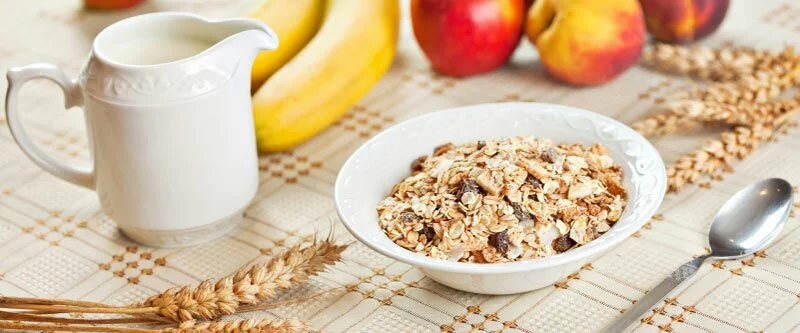A healthy diet includes plenty of fiber, especially if you are managing symptoms of ABL.
Here are the facts about fiber and ABL:
While ABL varies from person to person, focusing on improving stool consistency can help most people that experience ABL. ABL is made worse when stools are too loose or too hard, and fiber is the key to adjusting consistency to improve symptoms.
If your stools are liquid or loose, they are harder to hold onto – just like it’s nearly impossible to hold water in your cupped hands. If stools are too hard, like little pebbles, they can easily slip out. It is easiest to control and eliminate stools shaped like logs.
For loose stools or diarrhea, fiber can add bulk and absorb excess water. For hard stools or constipation, fiber pulls water into stools to soften them, as long as you drink plenty of extra water.
To help you track how fiber impacts your ABL, you might try a fiber diary. This tool can help you record your fiber, food, and fluid intake as well as the impact they have on your stool consistency.
Fiber comes in many different forms, so feel free to experiment with the kinds of fiber you enjoy most. Some examples of high fiber foods include navy beans, kidney beans, black beans, lentils, peas and artichokes. Cereals and nutrition bars are good fiber sources, too. Consult nutrition labels for information on how much fiber these contain.
If you don’t enjoy food options, there are over-the-counter supplements. If stools remain loose even after fiber supplementation, you might take an over-the-counter anti-diarrheal medication like loperamide (Imodium). If your stools remain hard even after supplementation, you may be able to use a gentle laxative such as milk of magnesia or miralax.
When taking supplements, be sure to start slowly and increase gradually toward the recommended daily fiber intake to avoid gas and bloating.
Helpful tips for adding fiber:
- Experiment with recipes that include fiber-rich food
- Try eating fresh vegetables with minimal cooking to retain fiber and other nutrients
- Eat smaller meals containing fiber-rich foods throughout the day
- Eat meals at regularly scheduled times to ensure balance and regularity
Try these fiber-rich snacks:
- Raw vegetables (carrots, celery)
- Dried fruits (prunes, apricots)
- Fresh fruits (pineapples, mangos, pears)
If a fiber-rich food makes your bowel symptoms worse, eliminate it and try others.
Click here for this month’s fiber-rich recipe.





 This site complies with the HONcode standard for trustworthy health information: verify here.
This site complies with the HONcode standard for trustworthy health information: verify here.